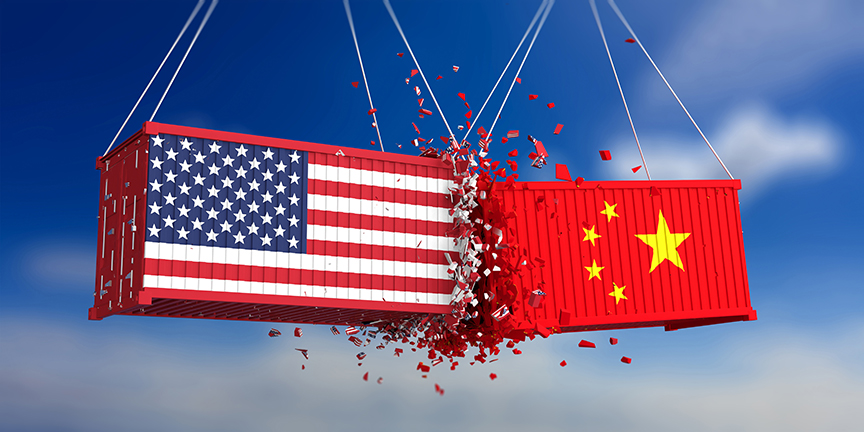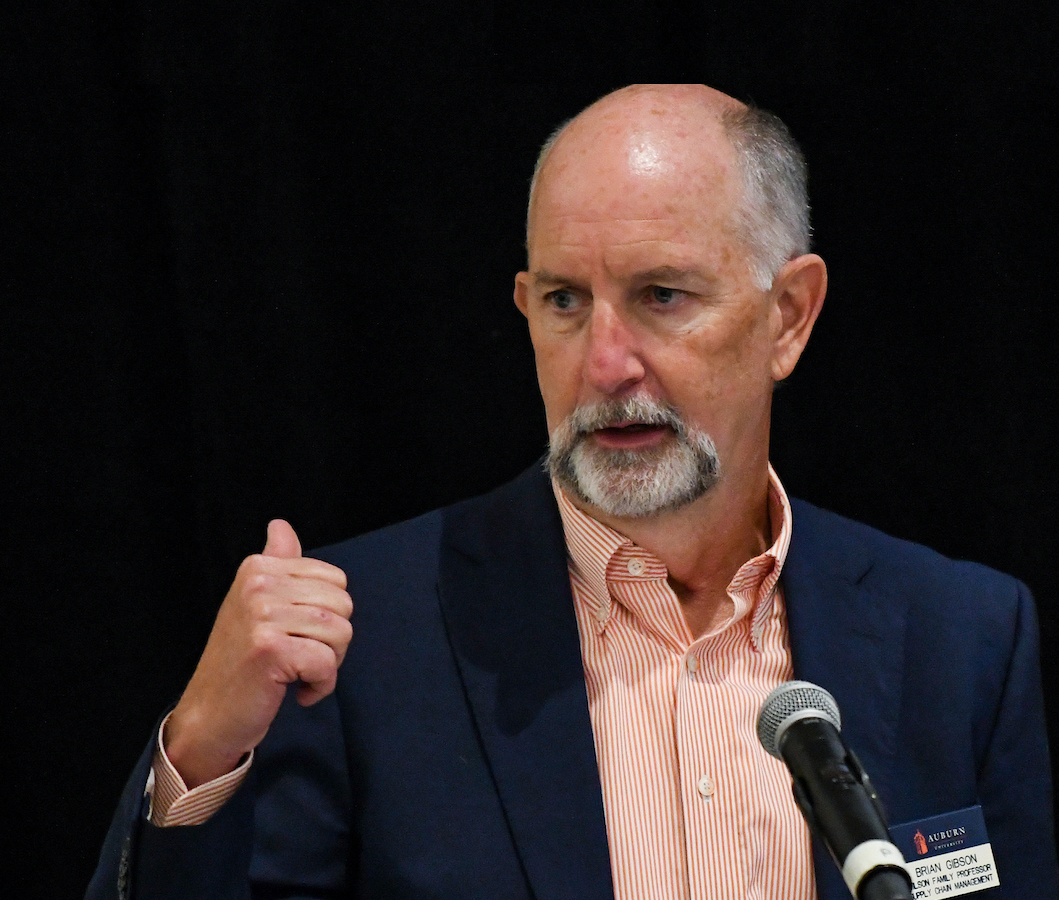
A recent Wall Street Journal article Manufacturers Move Supply Chains Out of China is a welcome sign that the U.S. media is finally catching up with the real-world
impact of our import/export relationship with China. That relationship, sometimes
related to as a marriage, is an evolving one. While the marriage analogy is not a
perfect one, it can be a helpful tool in analyzing what’s going on policy-wise and
how recent moves by this administration are realigning international supply chains.
To review, Nixon started the U.S. courtship with China back in 1972. We became engaged
as most favored nations in 1979. Bush looked past Tiananmen Square to renew MFN hoping
for "constructive engagement” on the very same day as the unrest — June 3, 1989. That
was a real marriage commitment that grew into massive in-country investment by U.S.-based
businesses. President Clinton worried briefly about human rights issues from 1992
to 1994 before eventually capitulating — when you’re head over heels in love you overlook
your partner’s shortcomings, right? Or perhaps we were simply gold diggers? In any
event, now the current administration is breaking up the marriage and upsetting the
extended family of entrepreneurs and investors in the process.
But we shouldn’t be surprised that this marriage is falling  apart — it has been broken for a long time.
apart — it has been broken for a long time.
Over the last decade both internal and external political-economy issues have been
altering supply chain reality in China. The one-child policy has created a generation
of wealthy young Chinese adult consumers that are much more western-style individualistic.
Commodity manufacturing has started shifting out of China and into southern nations
(Vietnam, Laos, etc.) as Chinese workers take on other jobs and demand better lives.
Savvy contract manufacturing buyers — way ahead of the specialty goods marketers noted
in the WSJ article — have already looked elsewhere due to shrinking margins, an increasingly
competitive sourcing landscape, and the expectation that the USA was eventually going
to do something.
Prescient industry observers such as the father of modern business logistics, Dr.
Don Bowersox, pointed to this marriage analogy as a mischaracterization of business
relationship as far back as 2005. Unlike a successful “policy-based” marriage, Bowersox
noted, supply chains require constant partner adjustment, and my own research backs
that up (Richey et. al 2011). Partners can be expected to be opportunistic in their desires and actions to build
better business outcomes: Is there a better, faster, cheaper, and/or closer manufacturer?
Is my backup provider outperforming my primary provider? Should I move my English
language customer service operations from Hong Kong to Dublin or Utah to better mirror
communication? Has my partner committed a moral, ethical, and/or sustainability violation?
While a coherent long-term strategy is hard to discern, the current administration’s
moves recognize that China has never been committed to a win-win relationship, so
why should the U.S. be?
What is interesting is our government is just now learning this supply chain logic.
The tradition of most favored nation status has allowed China to enjoy extraordinary
one-way relational treatment. But businesses recognize the danger of relying on sole-source
providers in China – that’s a massive risk, especially when China also owns so much
of our country’s debt. Finding ways to move the source of supply elsewhere spreads
our risk as companies, supply chains, and sovereign nations.
So, what’s the solution? If I was one of those 100 companies asking for a commerce
waiver from D.C. I would also be asking the U.S. Chamber of Commerce and other Latin
American commerce allies for help finding Mexico and other Latin America-based contract
manufacturers to replace and/or supplement current Chinese providers. And they certainly
exist at similar labor costs and lower transport costs. Plus, doing so would be an
instant public relations win for the company during a humanitarian crisis on our southern
border, could shorten the distribution route saving fuel costs, might support green
business emissions, and should help build out the struggling economies in our hemisphere.
So, what’s not to like?
And don’t think China is surprised. They have already informed the world of their
one road-one belt program that few media outlets are discussing https://www.wsj.com/articles/one-belt-one-road-one-boycott-1495126360 as they hope to dominate the Asian supply chain on land and sea. This is a calculated
move supported by their system of five year plans that will help replace lost manufacturing
revenue. In fact, the Chinese government would like to dominate about 30% of private
companies like Maersk’s global ocean freight business. China hopes to vertically integrate
and will then intermediate the distribution of most products between Southeast Asia
and the Americas and Europe.
Don’t cry for China. They will be fine. They have their own people and businesses
to focus on as their top priority — as do we. Yes, we will continue to need each other —
we just shouldn’t let D.C. agree to “go steady” with them again.
About Glenn Richey:
Dr. Glenn Richey is the Harbert Eminent Scholar in Supply Chain Management and Research
Director in the Center for Supply Chain Innovation at the Harbert College of Business
at Auburn University. In addition to his formal education, Dr. Richey has an executive
certificate in international business from the University of South Carolina. Prior
to entering academia, Dr. Richey worked for 10 years in managerial positions across
several functional areas including procurement, sales, retail consulting, finishing/manufacturing,
warehousing, and logistics/supply chain management.

 Degrees & Programs
Degrees & Programs
 Faculty & Staff
Faculty & Staff
 Career Development
Career Development
 Recruiters & Industry
Recruiters & Industry

 apart — it has been broken for a long time.
apart — it has been broken for a long time. 

